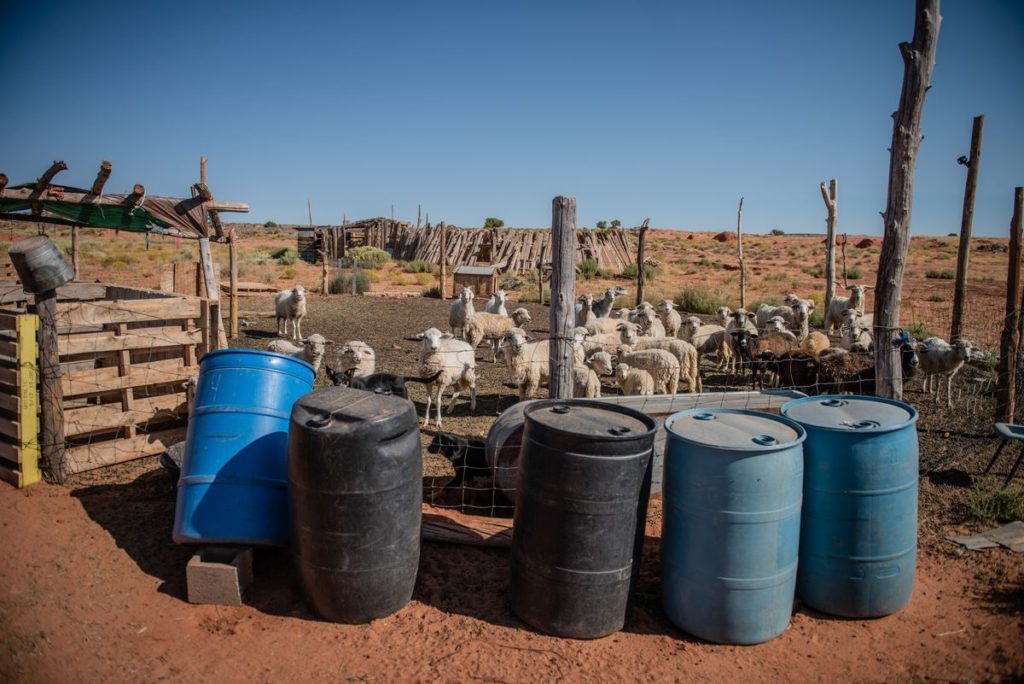Basic Sanitation on the Reservations

One of the many legacies of July 4 is the genocide against Native peoples that continues to the present. Many of the reservations don’t even have basic sanitation in 2021.
When the clean water system failed at the Warm Springs Reservation in Oregon this week, thousands of residents relied on members of nearby communities to come to the reservation’s aid with bottled water.
It was not the first time clean water had become difficult to find at Warm Springs, two hours southeast of Portland, or at many other Native American reservations across the United States.
The nonprofit U.S. Water Alliance says 58 out of every 1,000 Native American households don’t have access to indoor plumbing. Many Native Americans don’t have access to clean water because of faulty, outdated or nonexistent pipes or water systems or other problems that result in residents resorting to bottled water or boiled water, which kills viruses, bacteria and parasites.
Oregon Sen. Ron Wyden introduced a bill in February aimed at funding clean drinking water and sanitation facilities in tribal communities. The bill, whose future remains uncertain, calls for the Environmental Protection Agency to connect, expand or repair existing public water systems on reservations and would cost about $150 million between 2021 and 2026.
“Boil-water notices and crumbling pipes are not acceptable,” the Democrat said during Deb Haaland’s nomination hearing for the secretary of the Interior. “Congress must do more to bring urgently needed resources to build sustainable tribal water infrastructure that has been neglected for far too long.”
…
Almost one-quarter of Native Americans lived below the poverty level in 2019, and fixing or building water infrastructure isn’t cheap, easy or quick.
IHS determined that there were 130,153 homes needing sanitation improvements in Native American communities at the end of fiscal year 2018, and identified 1,837 community-wide projects to assist these homes. The agency’s projects aim to bring sanitation systems to a level that comply with water supply and pollution control laws and only need routine maintenance.
About 28% of these projects are considered “infeasible” by the government, because they’re too expensive. IHS estimates the cost of all feasible projects across the country to be $985 million.
The cost to bring sanitation to this level in Alaska was higher than the cost of every other community combined in the IHS report, at nearly $1.4 billion (including feasible and infeasible projects). With 229 tribes located in the state, Alaska is home to two-thirds of the nation’s federally recognized tribes. Almost 16% of Alaska’s population is American Indian or Alaska Native.
I believe this is called “infrastructure.” Maybe we should fund all of this, both for human rights purposes and for job creation issues and just because it’s the right thing to do, regardless of the cost. If you are Navajo and living well off the grid, it’s not because you are making a bad choice. It’s because that’s your traditional culture. If we punish these people by not providing the basic infrastructure of the 21st century that every urban resident gets, then that’s part and parcel of a genocidal project. It’s also worth noting that one of the reasons COVID-19 hit the Navajo Nation so hard is that it spread while people gathered at water supplies to collect fresh water.


